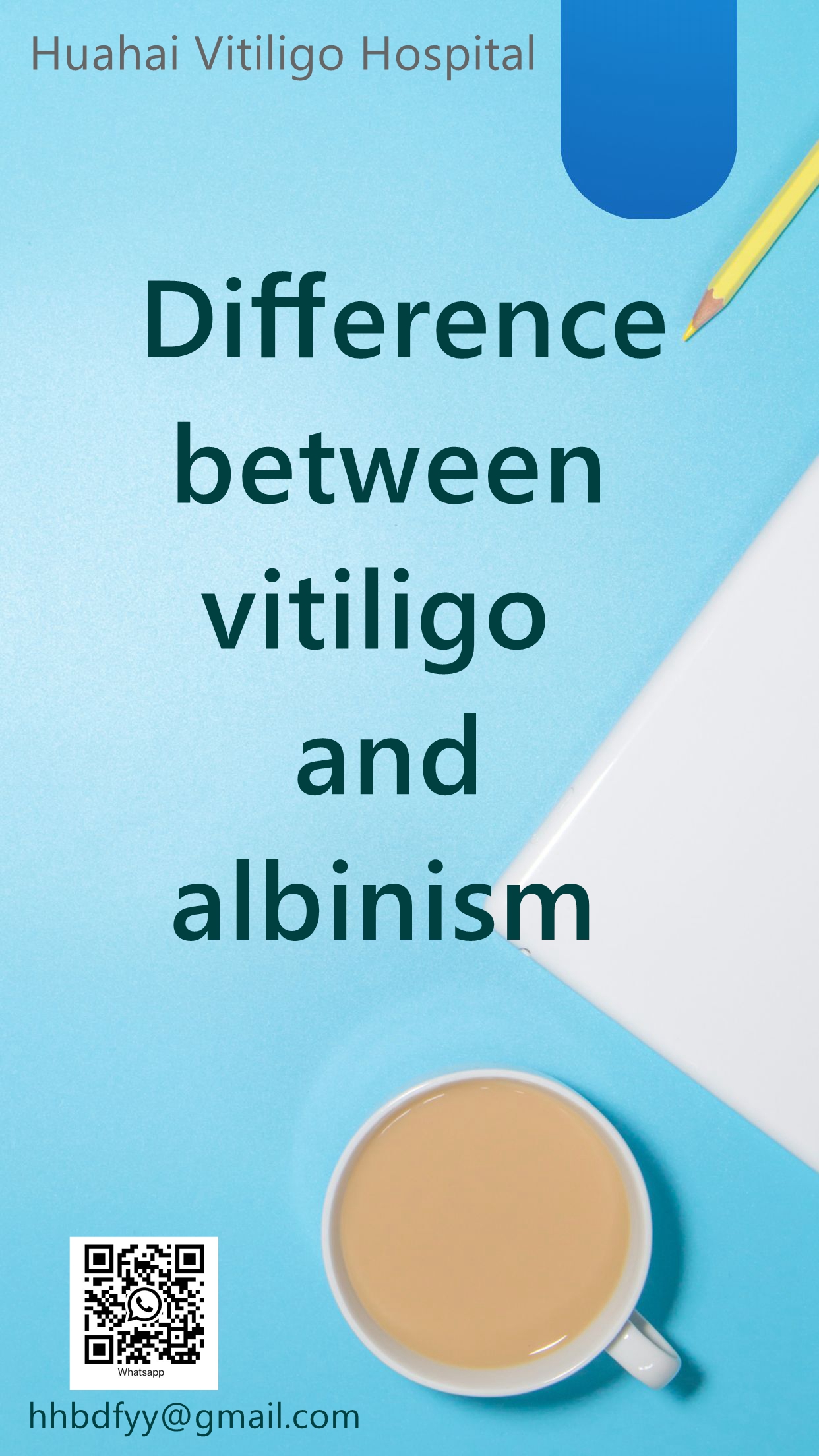
Vitiligo (vitiligo) is a common and frequent skin depigmentation. The cause of the disease is still unknown, and genetics, autoimmunity, endocrine and metabolic disorders, and neuropsychiatric factors may all be related. The dysfunction of the tyrosine-tyrosinase system in pigment cells of skin and hair follicle is the pathological basis leading to depigmentation. The disease is characterized by the formation of leukoplakia due to local or generalized depigmentation. It is an acquired localized or generalized depigmentation of the skin. It is a common skin disease that affects beauty. It is easy to diagnose and difficult to treat. So what is the difference between vitiligo and albinism? Here is an answer for everyone: albinism and vitiligo are both pigmented skin diseases, both of which belong to skin leukoplakia as the main clinical manifestations, but albinism and vitiligo are two completely different diseases. Clinically, it can be distinguished from the following aspects: First, albinism is a congenital recessive genetic disease, with significant whitening at birth, while vitiligo is a common acquired disease with localized depigmentation. Secondly, albinism is that the skin, hair and eyes all over the body turn white, the pupils are pink, the iris is pink, and they are easy to be photophobic and tearful. The leukoplakia of vitiligo is limited to the local edges and the size and shape of the white spots are different. Physical stimulation can induce new ones. The leukoplakia may expand the original leukoplakia, and the hair at the leukoplakia may or may not be white. The third albinism has a typical family history, and patients with vitiligo are not necessarily hereditary. The fourth albinism drug treatment is ineffective, and only physical shading can be used to relieve the patient's discomfort symptoms. Vitiligo will be weakened or even disappear after the treatment of vitiligo with photosensitizing drugs, hormones and traditional Chinese medicine.